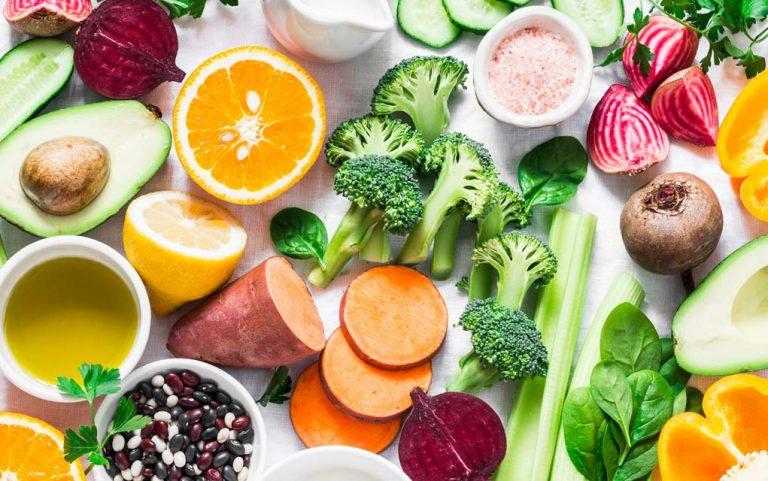Endless studies and experts tell us that eating a healthy diet is essential for overall health and disease prevention. They warn that consuming too much junk food is a big reason why we often fail to meet this goal.
Yet, a new study published in Lancet points out that “at the population level, a low intake of healthy foods is the most important factor, rather than the high intake of unhealthy [junk] foods.”





